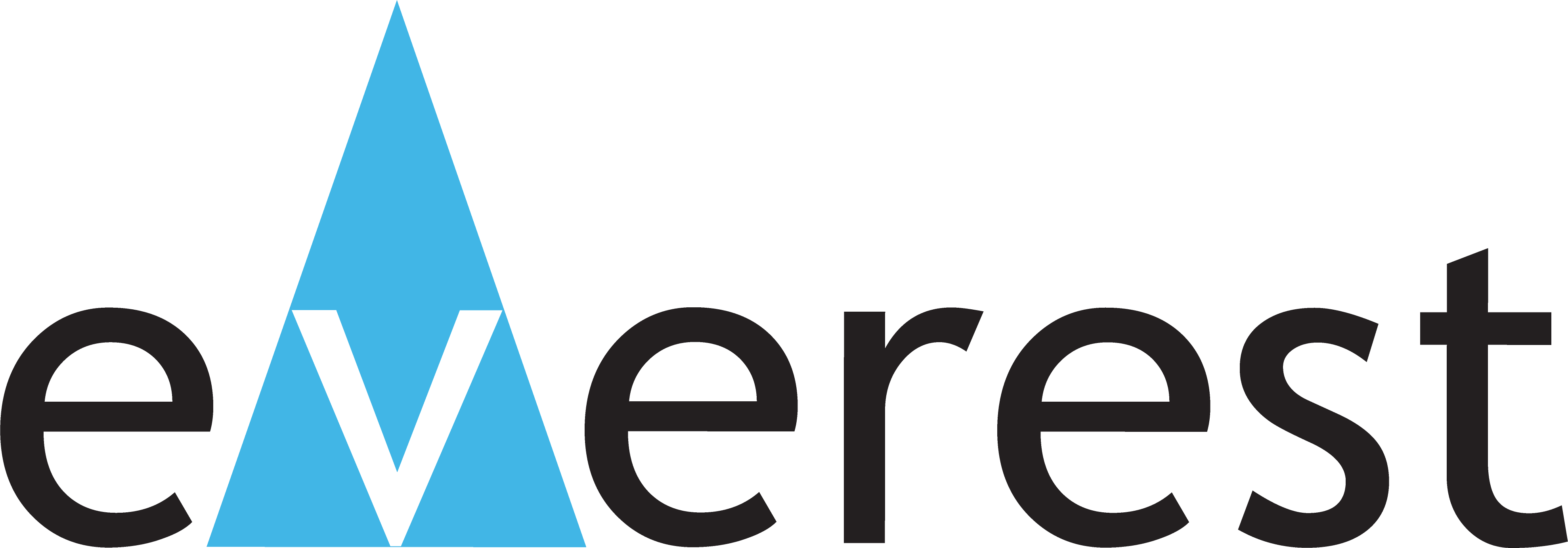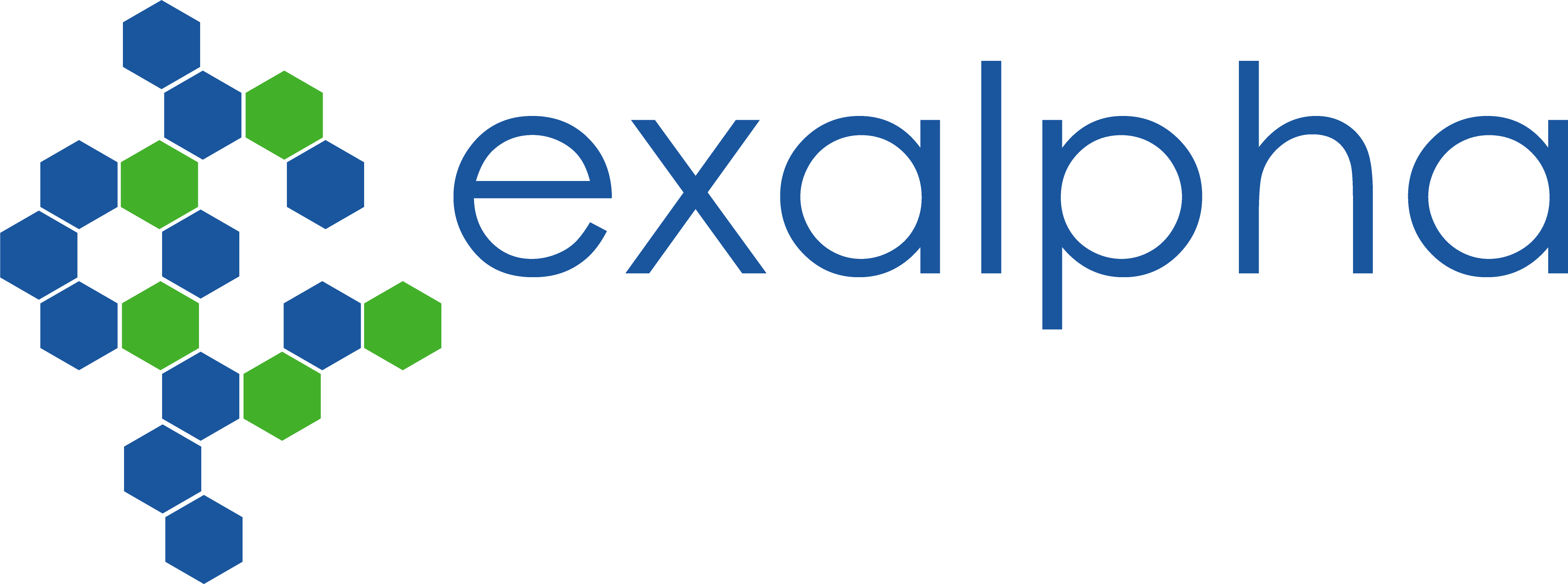order histories, retained contact details for faster checkout, review submissions, and special promotions.
Forgot password?
order histories, retained contact details for faster checkout, review submissions, and special promotions.
Locations
Orders Processing,
Shipping & Receiving,
Warehouse
2 Shaker Rd Suites
B001/B101
Shirley, MA 01464
Production Lab
Floor 6, Suite 620
20700 44th Avenue W
Lynnwood, WA 98036
Telephone Numbers
Tel: +1 (206) 374-1102
Fax: +1 (206) 577-4565
Contact Us
Additional Contact Details
order histories, retained contact details for faster checkout, review submissions, and special promotions.
Forgot password?
order histories, retained contact details for faster checkout, review submissions, and special promotions.
ASAH1 / Acid Ceramidase
N-acylsphingosine amidohydrolase (acid ceramidase) 1
ASAH1 / Acid Ceramidase is a heterodimeric protein consisting of a nonglycosylated alpha subunit and a glycosylated beta subunit that is cleaved to the mature enzyme posttranslationally. The encoded protein catalyzes the synthesis and degradation of ceramide into sphingosine and fatty acid. Mutations in this gene have been associated with a lysosomal storage disorder known as Farber disease. Multiple transcript variants encoding several distinct isoforms have been identified for this gene.
| Gene Name: | N-acylsphingosine amidohydrolase (acid ceramidase) 1 |
| Synonyms: | ASAH1, ACDase, Acid CDase, Acid ceramidase, ASAH, Acylsphingosine deacylase, PHP32, SMAPME, PHP, Putative 32 kDa heart protein |
| Target Sequences: | NM_004315 NP_004306.3 Q13510 |
Your search did not match any products.
If you do not find the reagent or information you require, please contact Customer.Support@LSBio.com to inquire about additional products in development.









